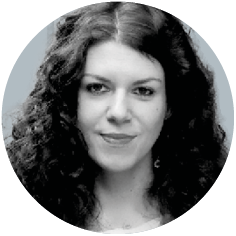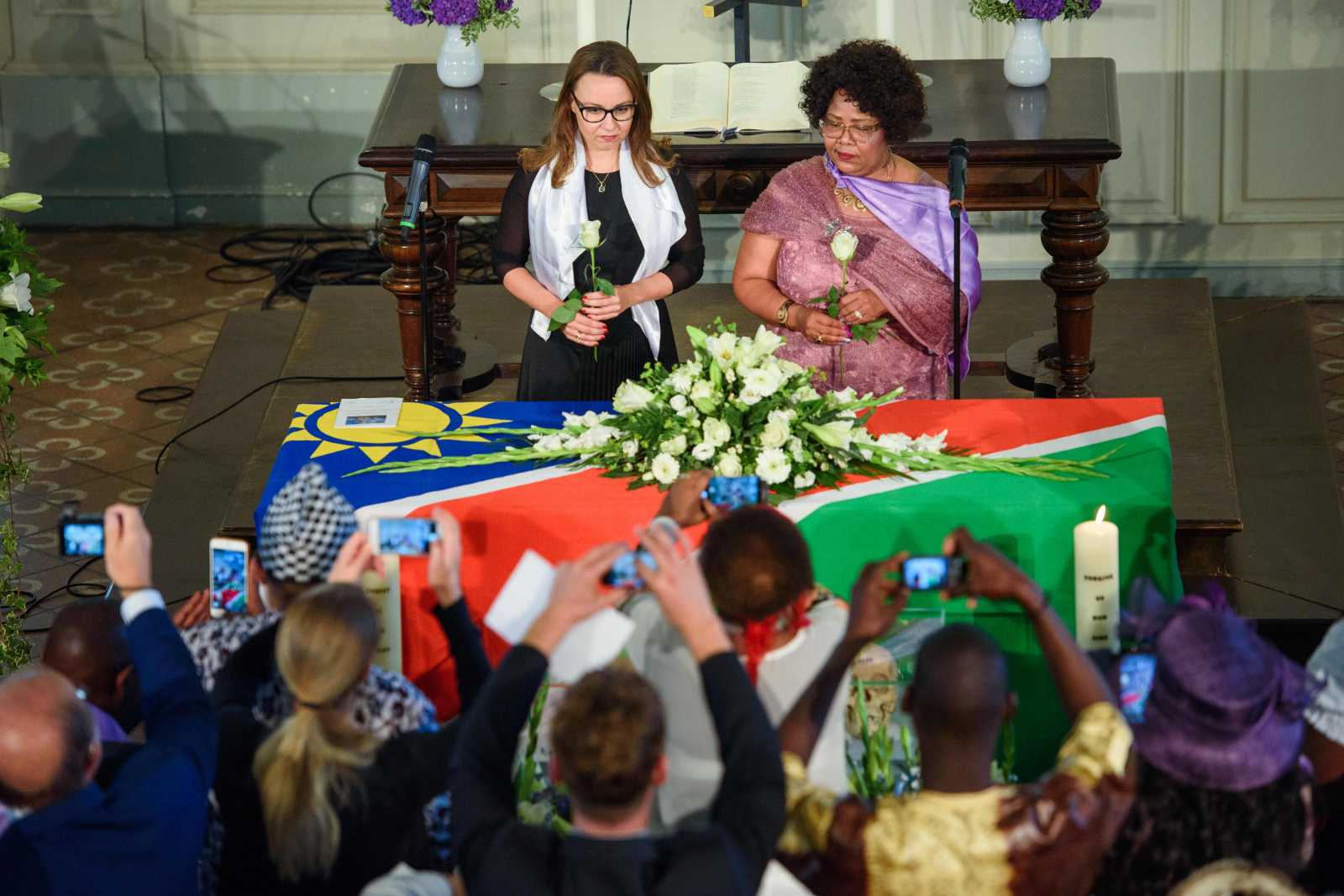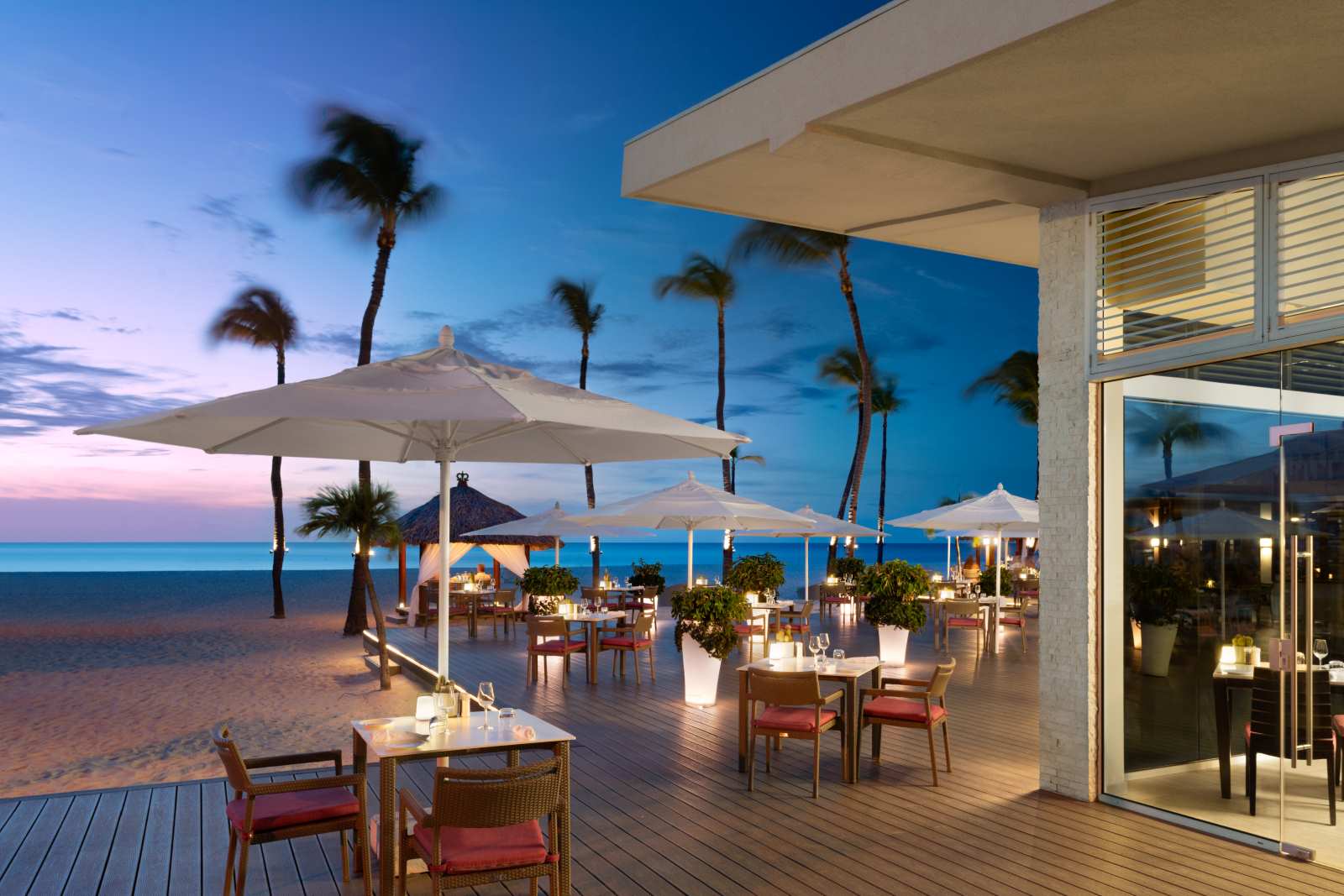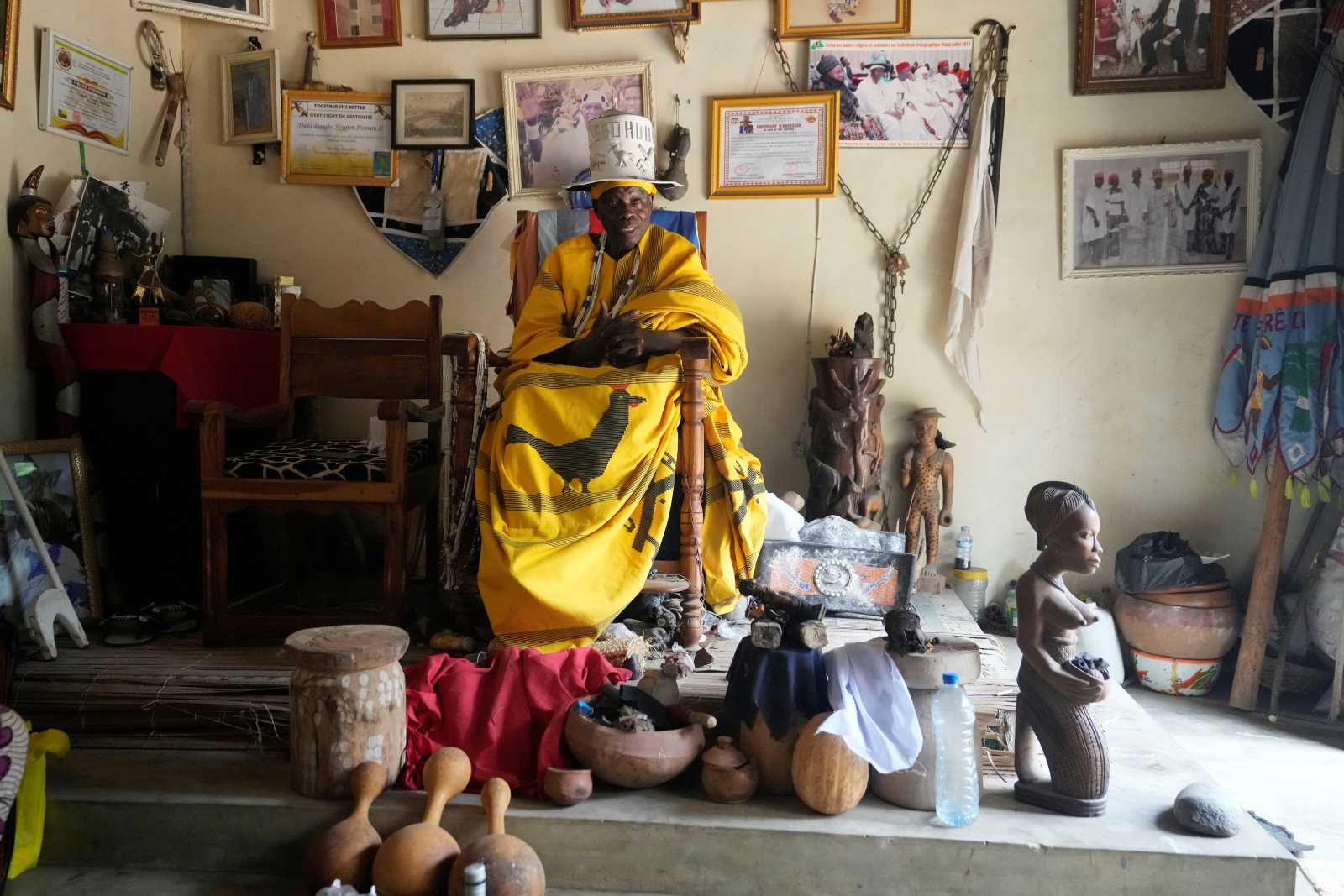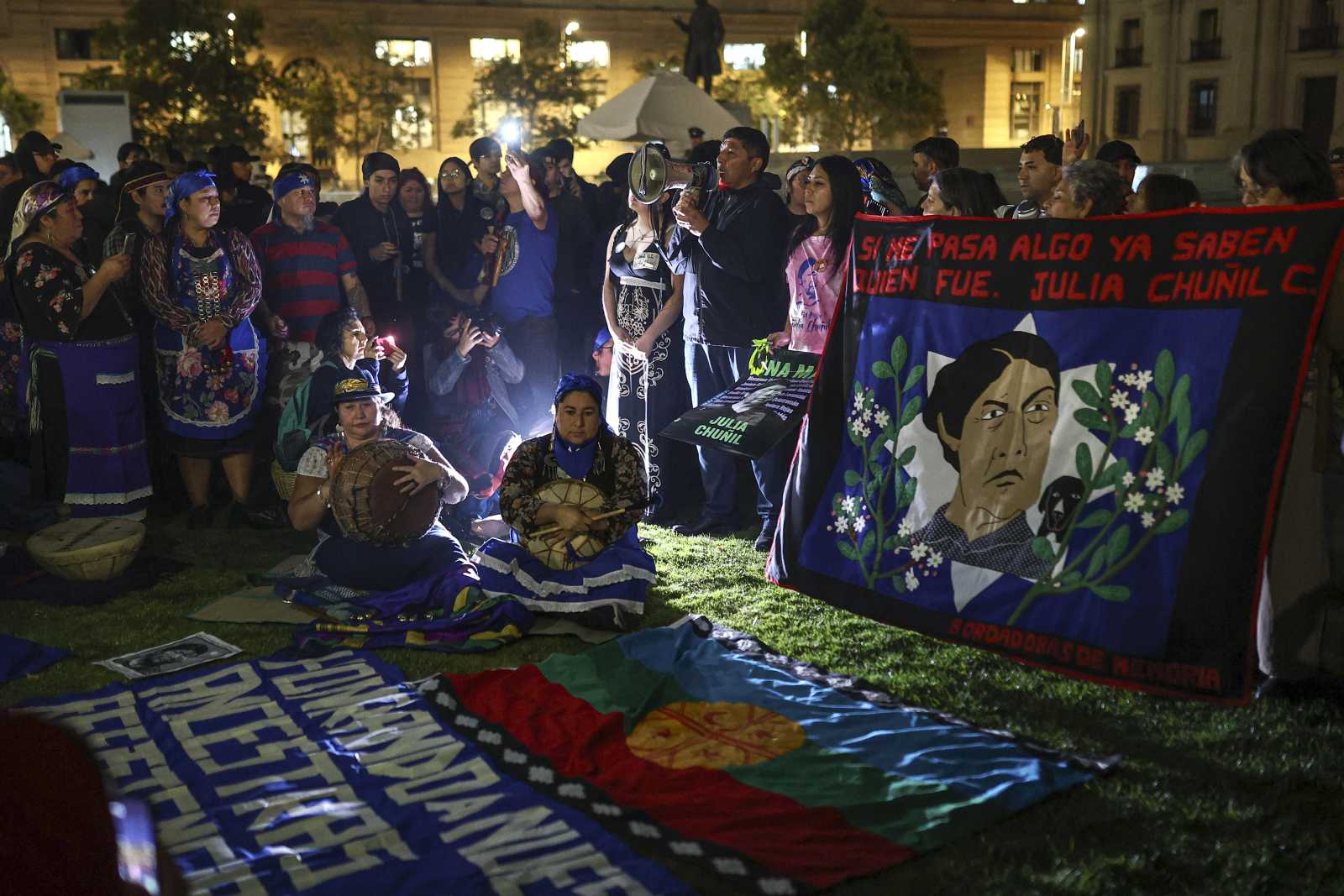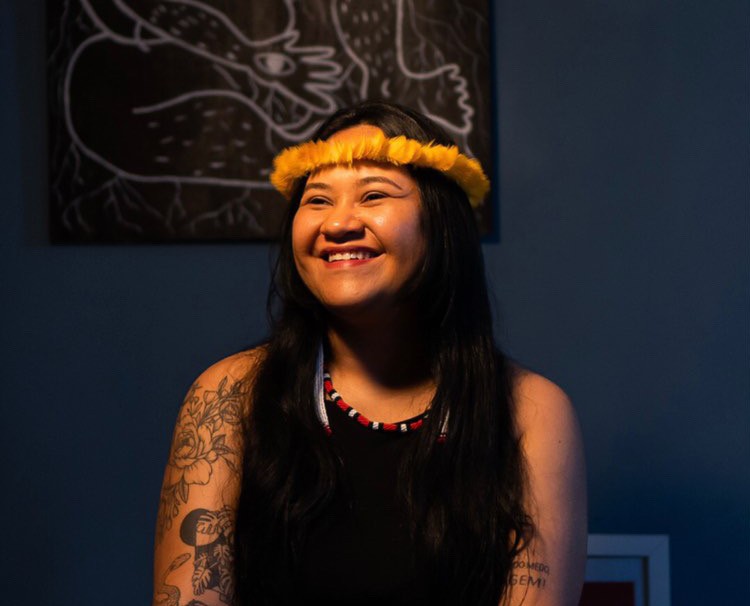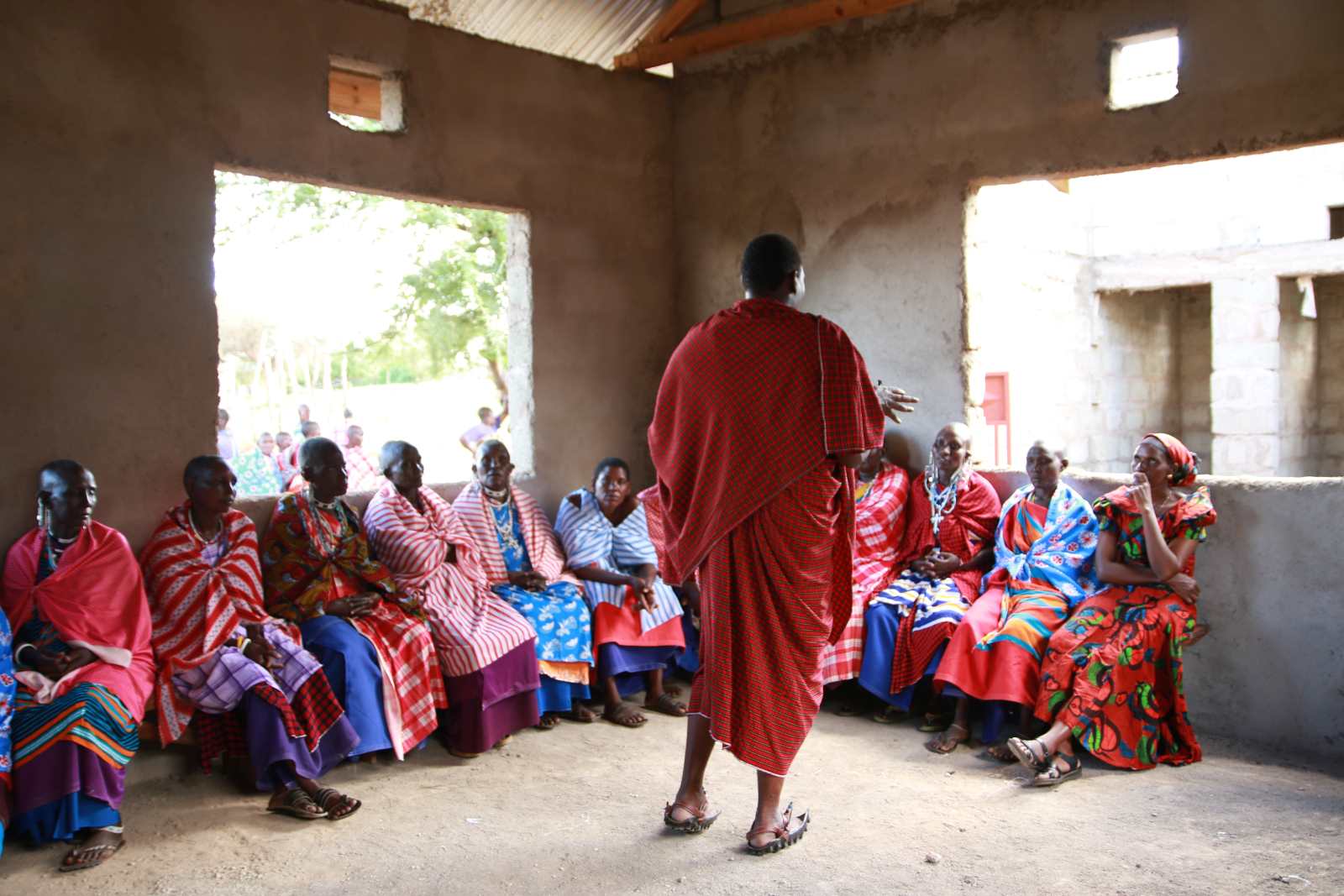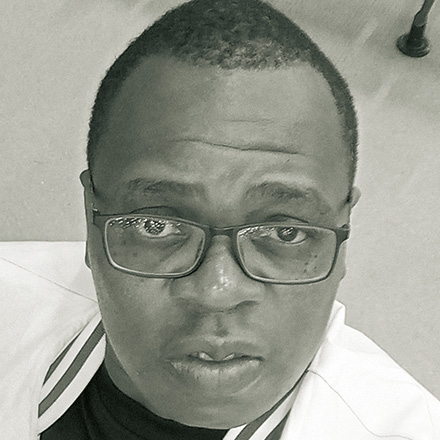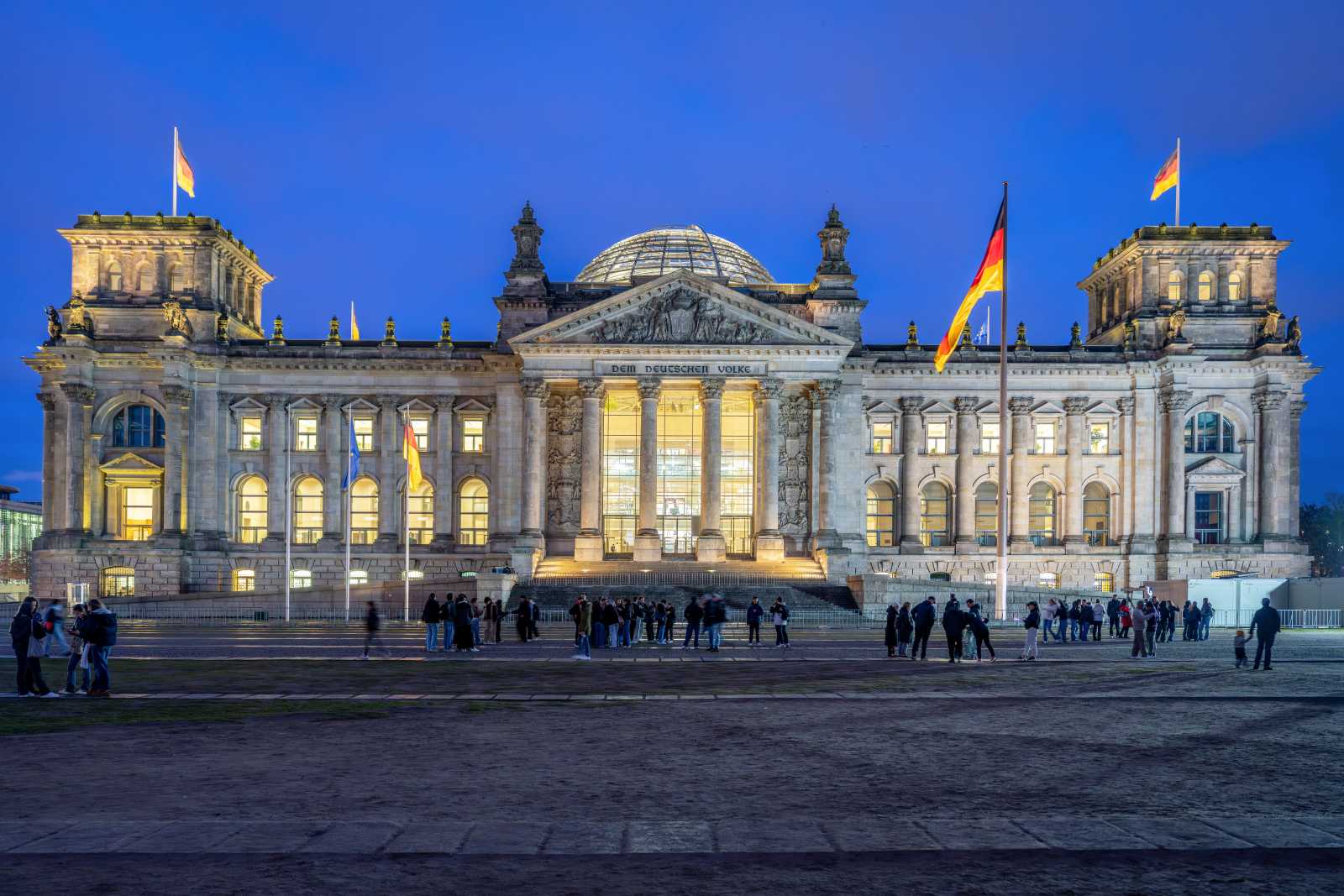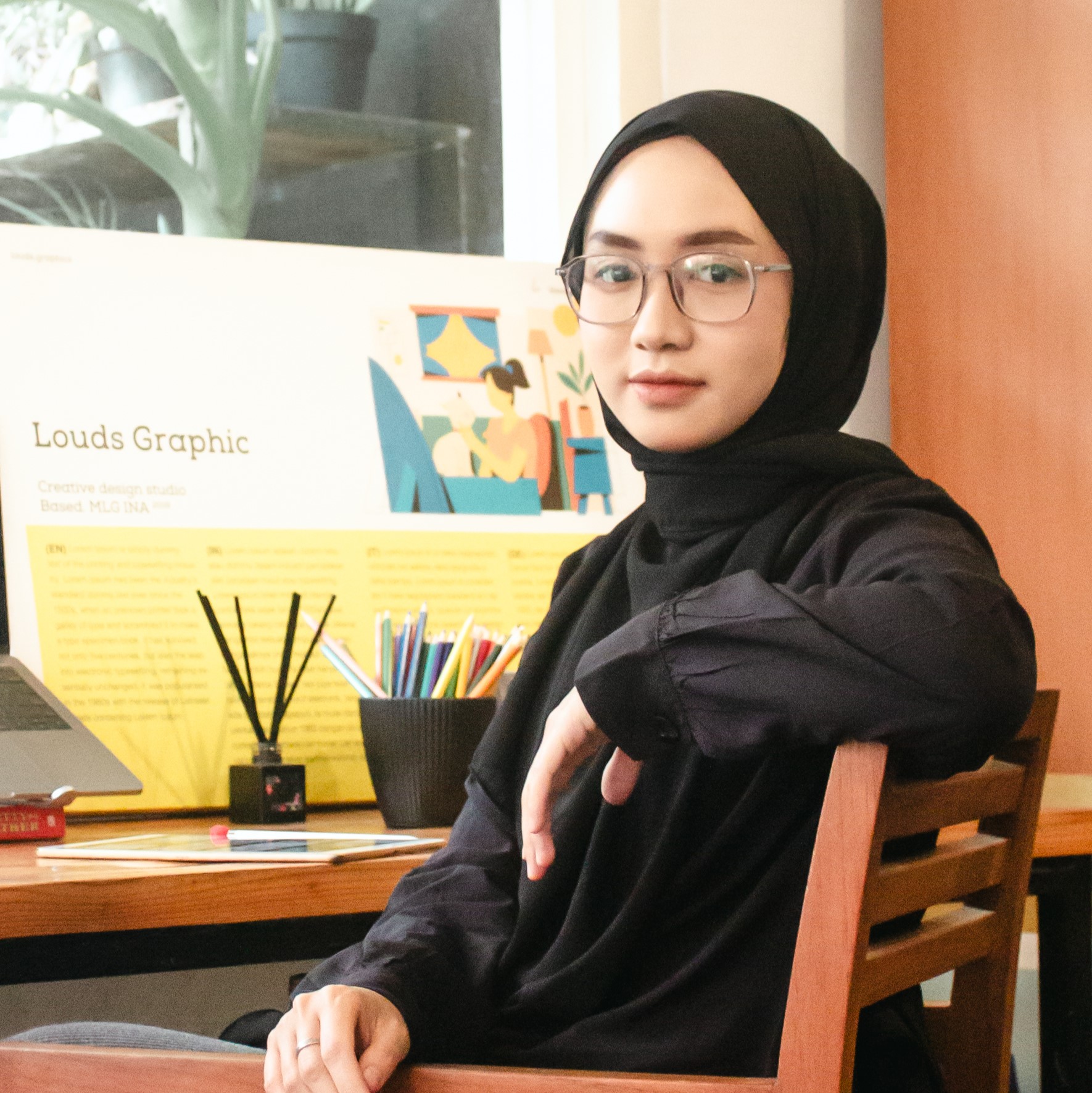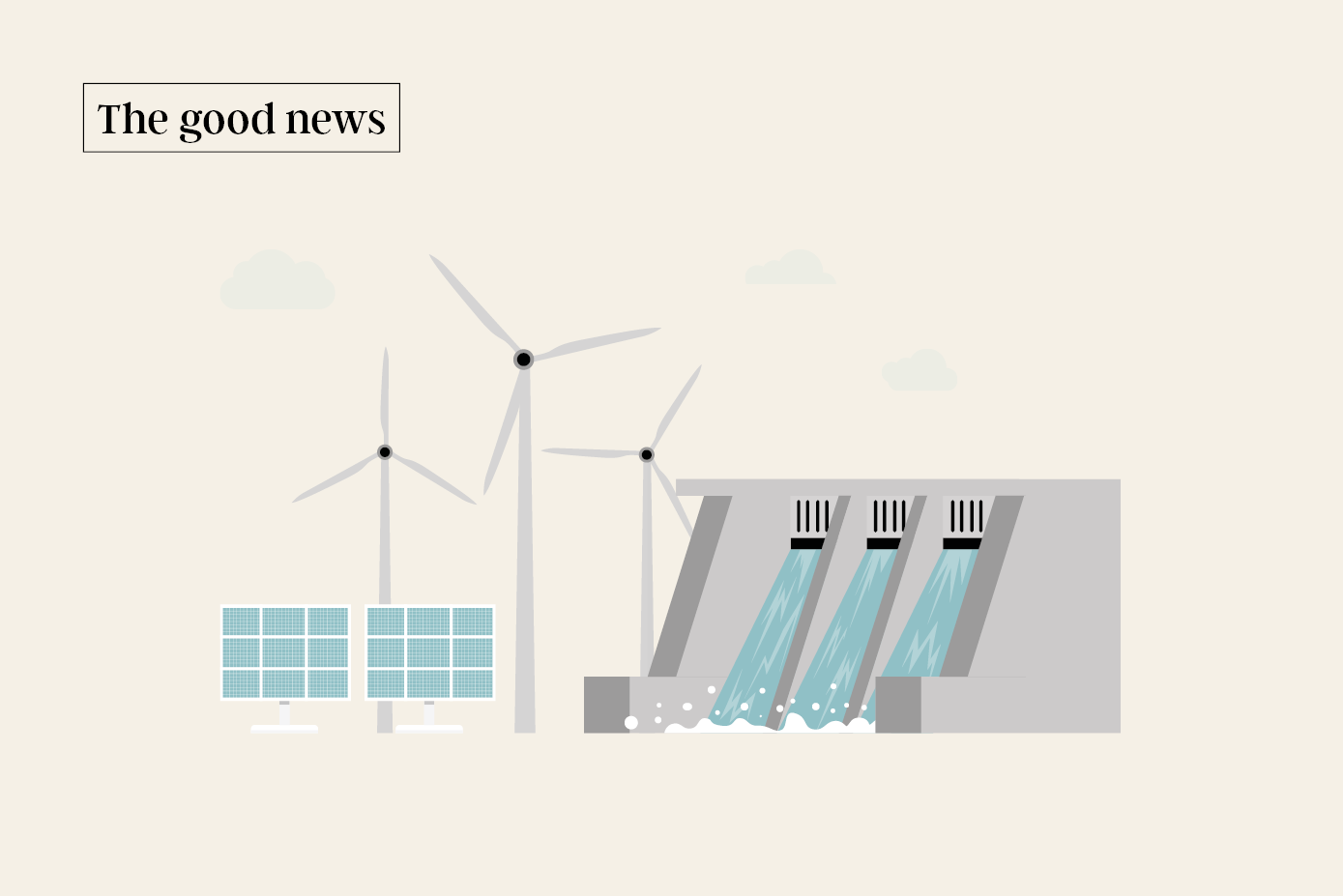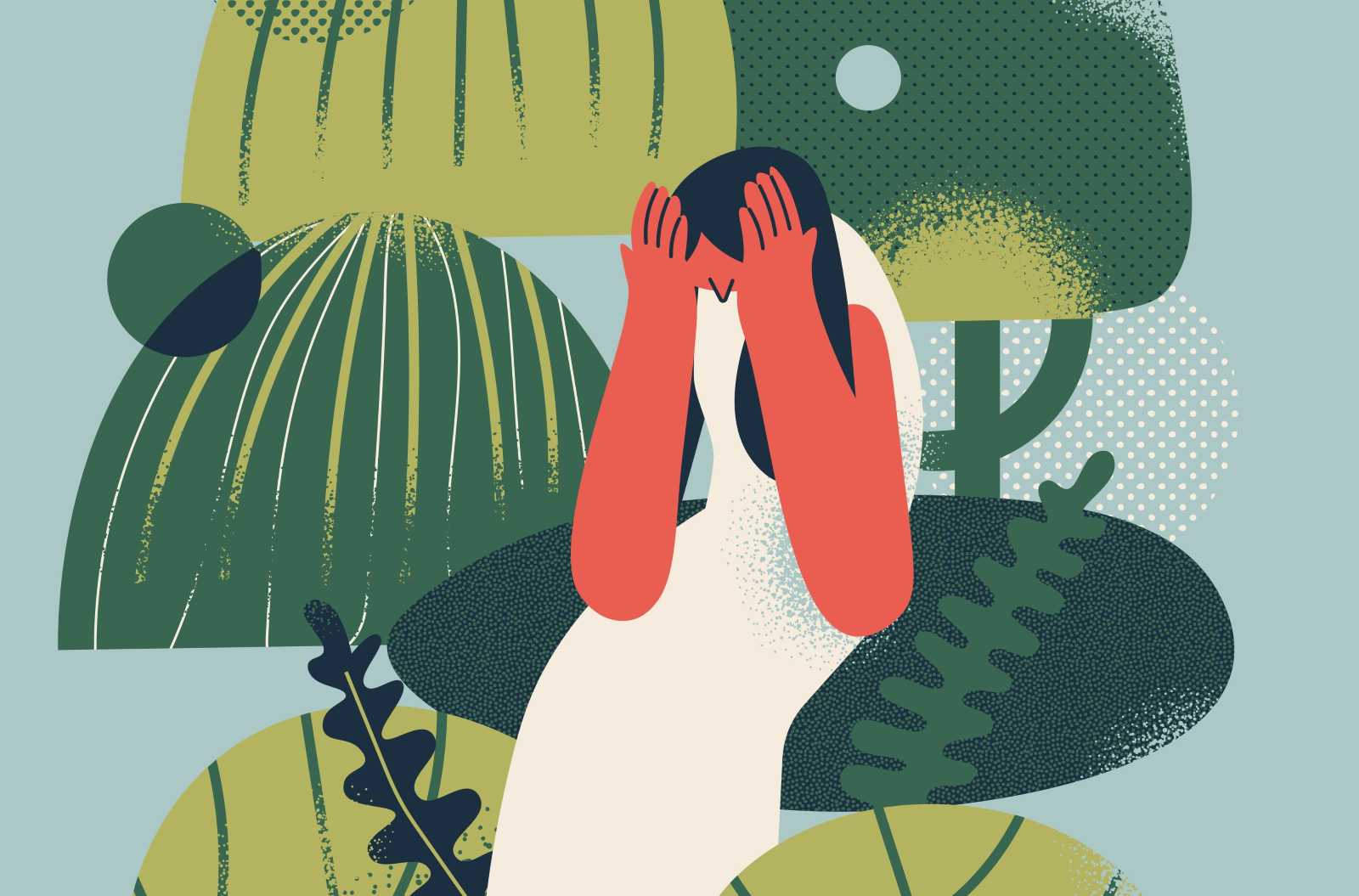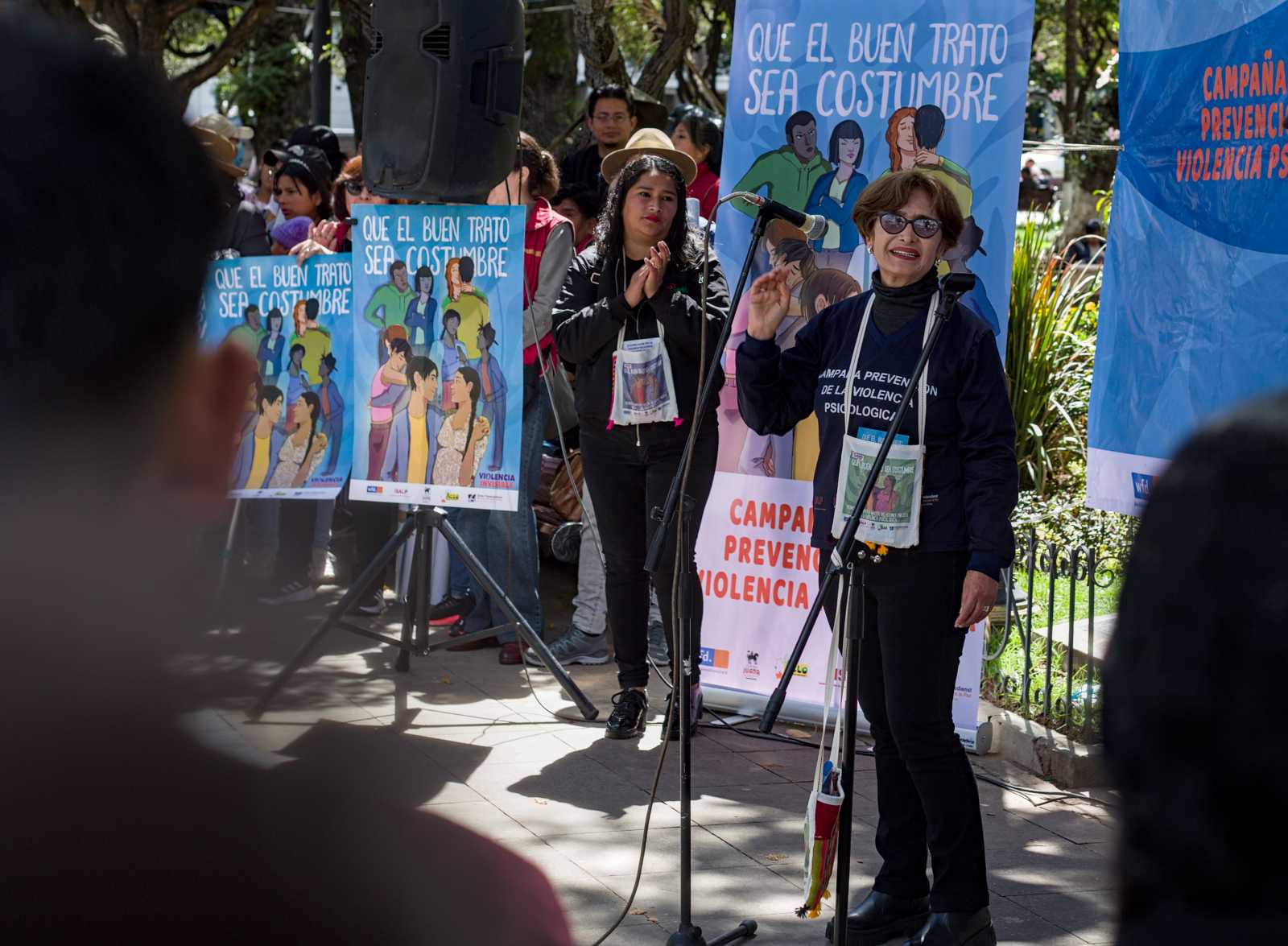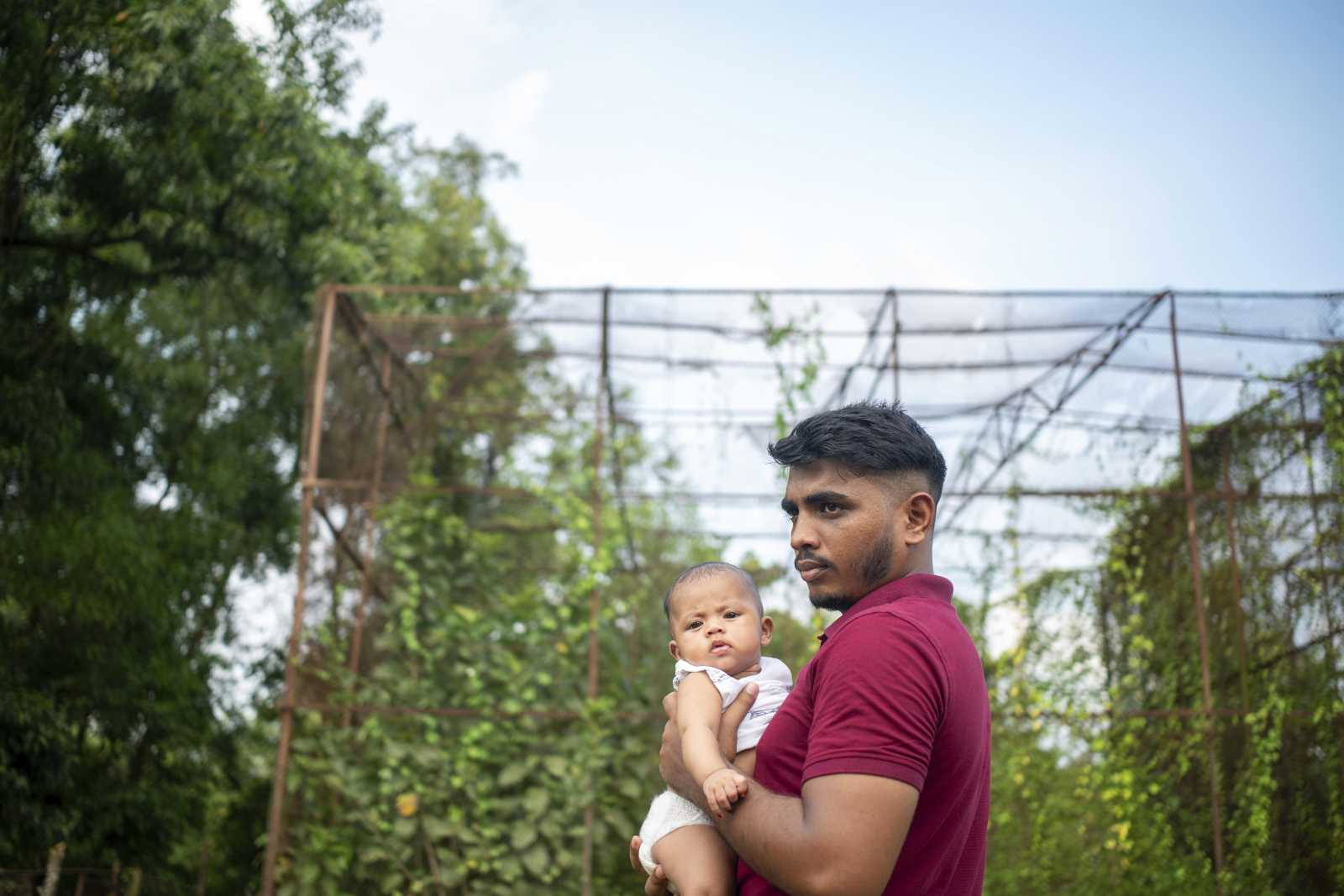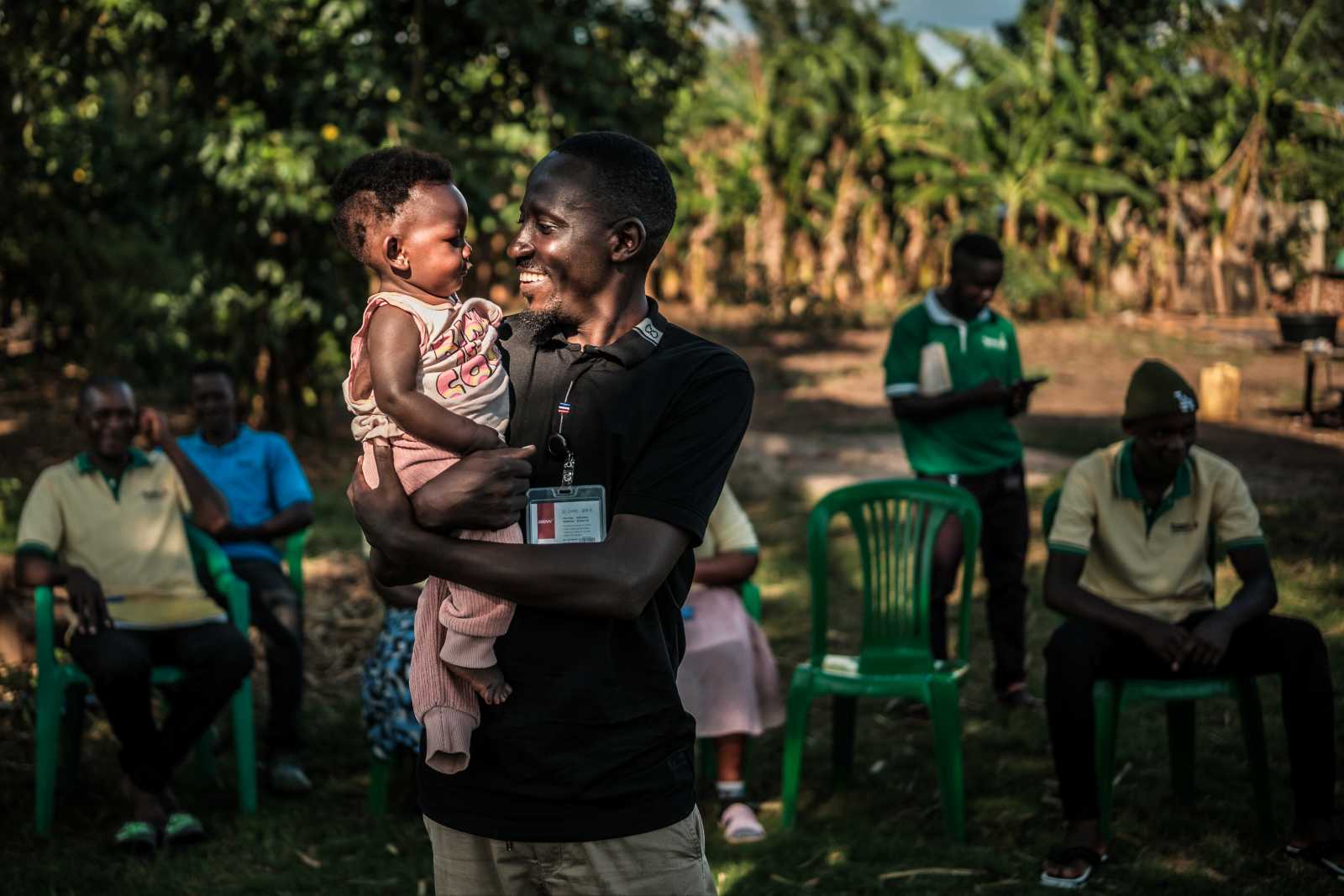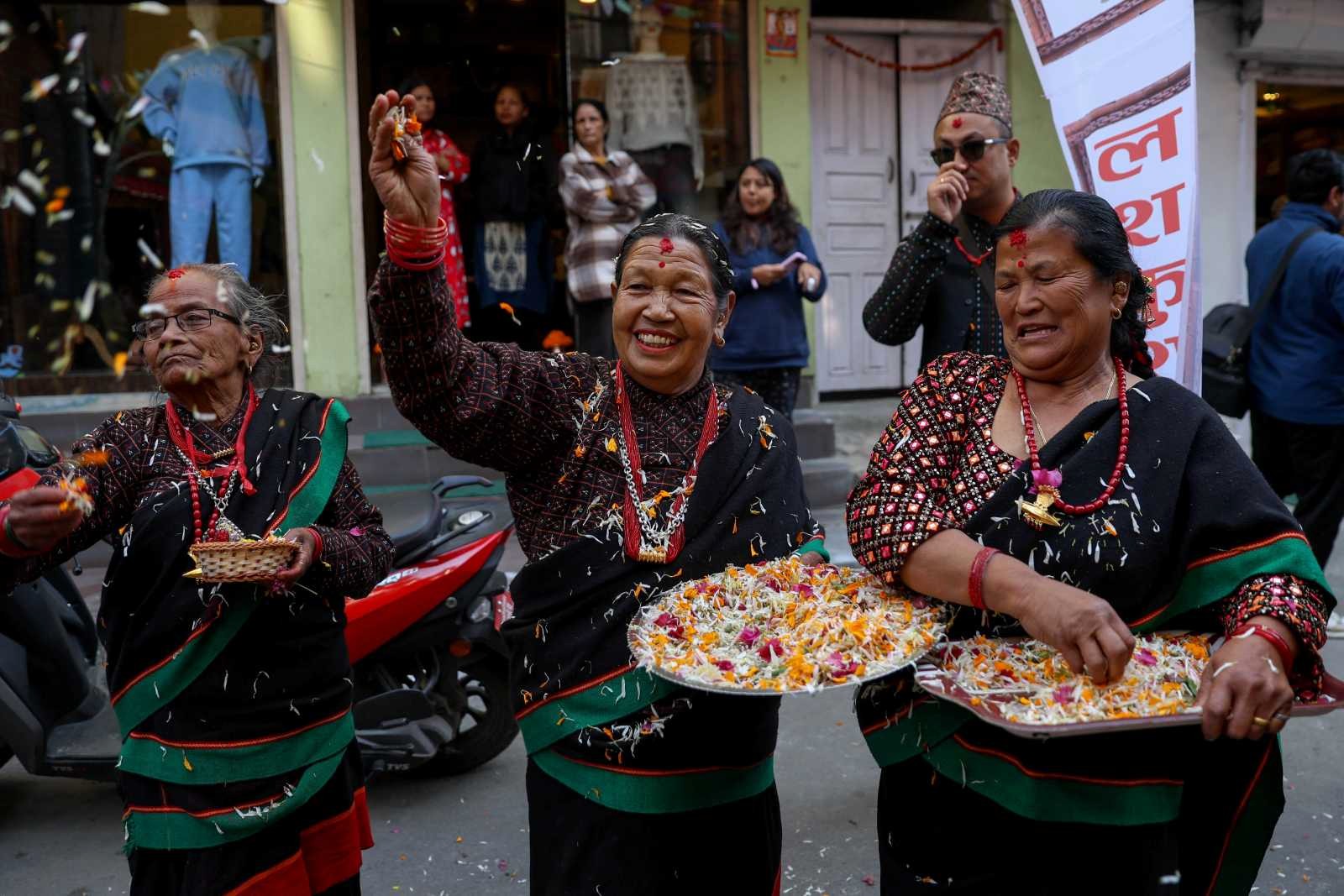Our view
Humanity needs Indigenous role models

In every country on Earth, there are people who were there first. Who knew and used forests, deserts, seas and mountains long before the first visit came from elsewhere. Many, though not all, of these “first peoples” have survived to this day. Their descendants are now referred to as Indigenous.
It was contact with others that first defined Indigenous Peoples as such – and has always carried the risk of their destruction. This was made clear in the first attempt at a definition by the UN Working Group on Indigenous Populations in 1982, which remains a benchmark. It defines Indigenous Peoples as the “descendants of the peoples who inhabited the present territory of a country (…) at the time when persons of a different culture or ethnic origin arrived there from other parts of the world, overcame them and, by conquest, settlement or other means, reduced them to a non-dominant or colonial condition (…).”
The awareness of Indigenous identity as something unique and worth protecting therefore emerged in contrast to outside forces, who in most cases were trying to erase it. That is true today, especially for peoples who choose to live in isolation, such as in the Amazon, and prioritise protecting their way of life over the conveniences of the modern world.
Another part of the UN definition refers to the fact that Indigenous Peoples “today live more in conformity with their (…) traditions than with the institutions of the country of which they now form part, under a state structure which incorporates mainly the (…) characteristics of other segments of the population which are predominant.” Indigenous Peoples are still fighting to preserve their identity and way of life in a larger culture that often lives very differently.
Yet Indigenous groups are threatened not only by the loss of their culture, language and way of life to modern societies, but also by the exploitation of Indigenous land and life, for instance by tourism or for economic purposes.
From Bali to Brazil to Benin, visitors are now offered “authentic Indigenous experiences”. That can mean participating in staged rituals or taking expeditions to territories that are actually protected. This kind of watering-down makes it more difficult to identify and appropriately protect vulnerable Indigenous groups.
Capitalism likely represents the biggest threat to Indigenous life: countless Indigenous communities all over the world have experienced land grabbing, displacement or the dangerous pollution of vital resources in their territories when gold is mined, forests are cleared or dams are built.
The loss of Indigenous ways of life is also a problem for so-called modern society. The reason is obvious: we can and must learn from every way of life that has survived for so long under so much external pressure and under such difficult conditions. This can be seen, for example, in the stories and voices of representatives of the Turkana, Santal, Maasai and Mapuche that appear alongside many others in the “Focus” section of this issue .
We must listen to them – in order to be able to redress what has been done to them for centuries, to protect them from future suffering, but also for our own sake. In light of the many global crises we are facing, we need, more than ever, models of resilience – which so many Indigenous Peoples can provide.
Katharina Wilhelm Otieno is an editor at D+C and works partly in Nairobi.
euz.editor@dandc.eu
